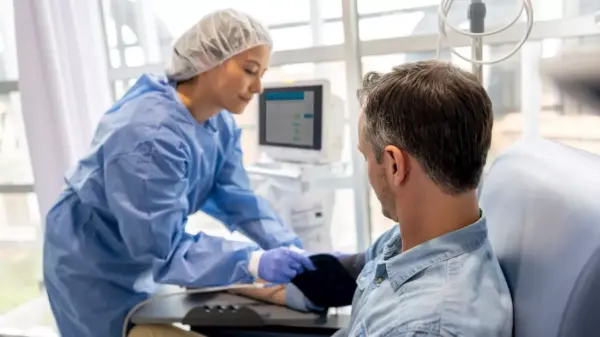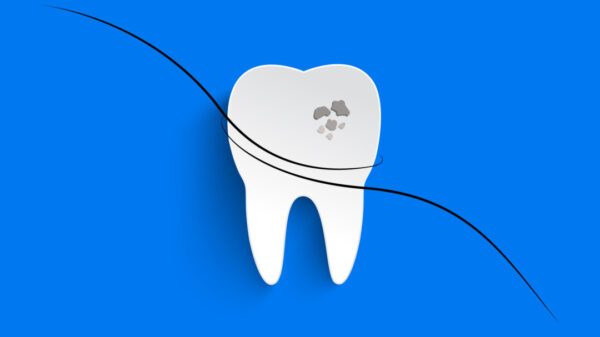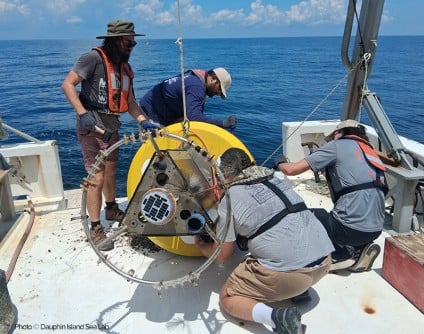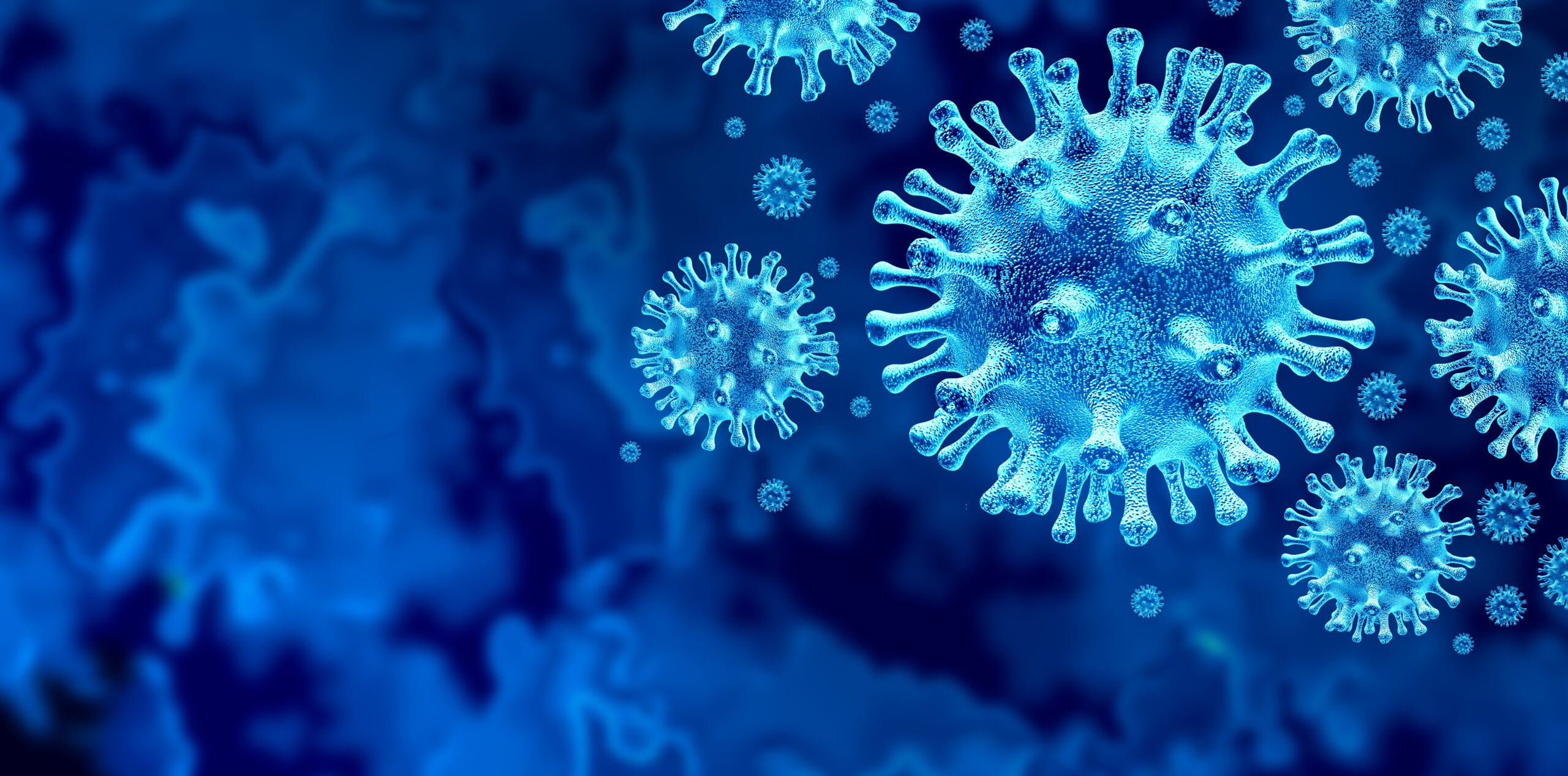Researchers have made significant strides in developing a universal antiviral treatment through the isolation of a rare immune mutation known as ISG15 immunodeficiency. This mutation, found in only a few dozen individuals globally, increases susceptibility to certain bacterial infections while simultaneously providing immunity to various viruses. The study, led by Vagelos Bogunovic, aims to harness the unique immune response of these individuals to create a groundbreaking therapy.
The underlying mechanism appears to be linked to the mild, persistent inflammation experienced by those with ISG15 immunodeficiency, which researchers believe enhances their immune response. Through innovative techniques, the team has identified a way to stimulate the production of the ten most beneficial proteins associated with this mutation. They achieved this using ten specific mRNA sequences encapsulated within lipid nanoparticles, a method that significantly enhances protein delivery.
Potential Applications for First Responders
Researchers envision the treatment as a form of biological personal protective equipment (PPE) for first responders during future pandemics. Given its broad-spectrum antiviral potential, the therapy could offer immediate protection against unknown viruses, potentially providing a crucial buffer before targeted vaccines are developed. Bogunovic stated, “We have yet to find a virus that can break through the therapy’s defenses,” highlighting the promising nature of this research.
In preclinical trials, the treatment was administered to hamsters and mice via nasal drip. Looking ahead to human trials, researchers are considering the use of intranasal vaccines, which may enhance the treatment’s effectiveness. If successful, this approach could revolutionize how we respond to emerging viral threats.
The development of this therapy comes at a critical time, as global health officials continue to prepare for future pandemics. By focusing on a universal treatment strategy, researchers aim to mitigate the impact of infectious diseases that can emerge with little warning.
As the scientific community continues to explore the potential of this antiviral treatment, further studies and clinical trials will be essential. The hope is that with continued investment and research, a viable solution will be available for those on the front lines during health crises.
In summary, the work being done by Bogunovic and his team represents a significant leap forward in antiviral treatment research, potentially changing the landscape of how we combat viral infections in the future.

































































